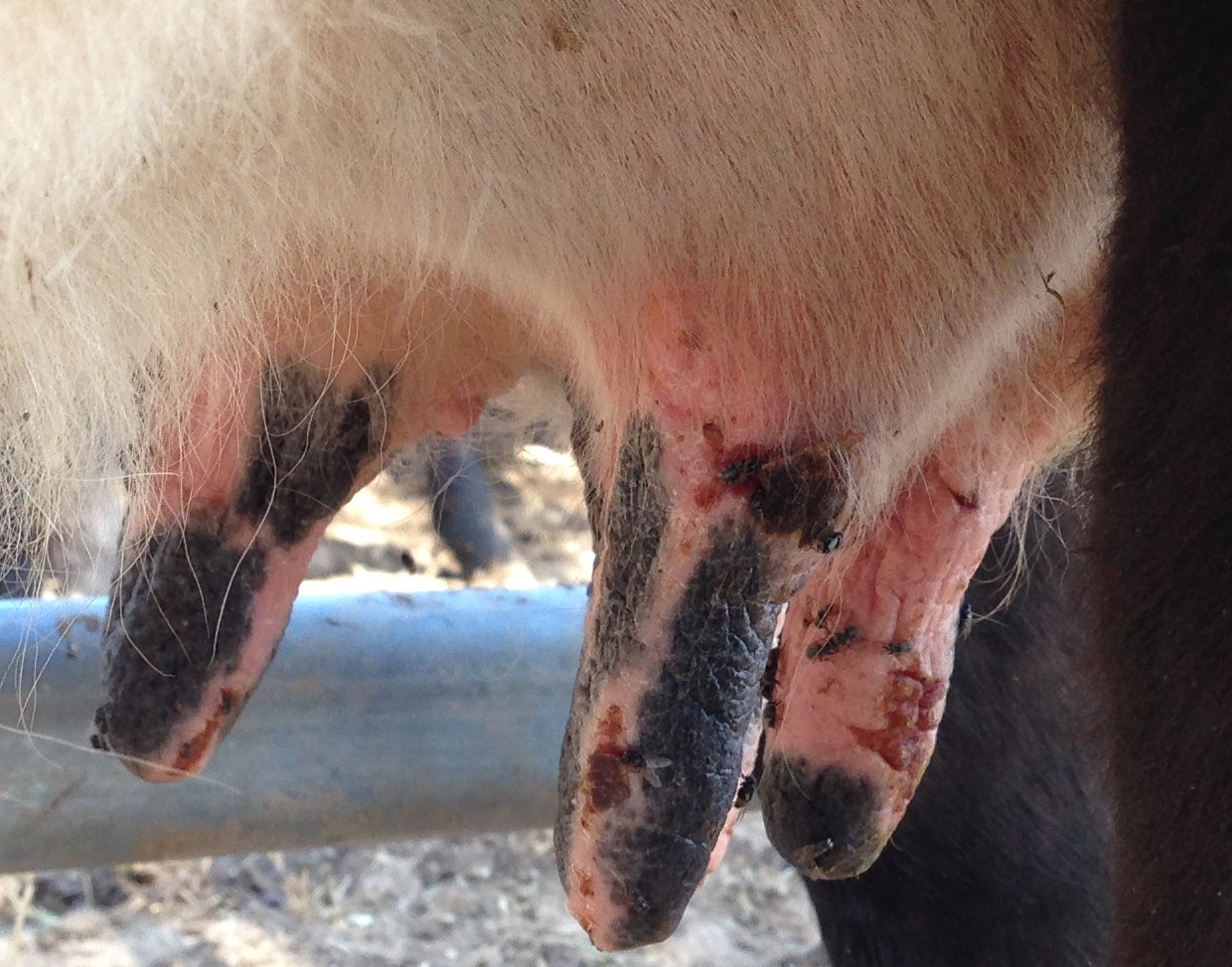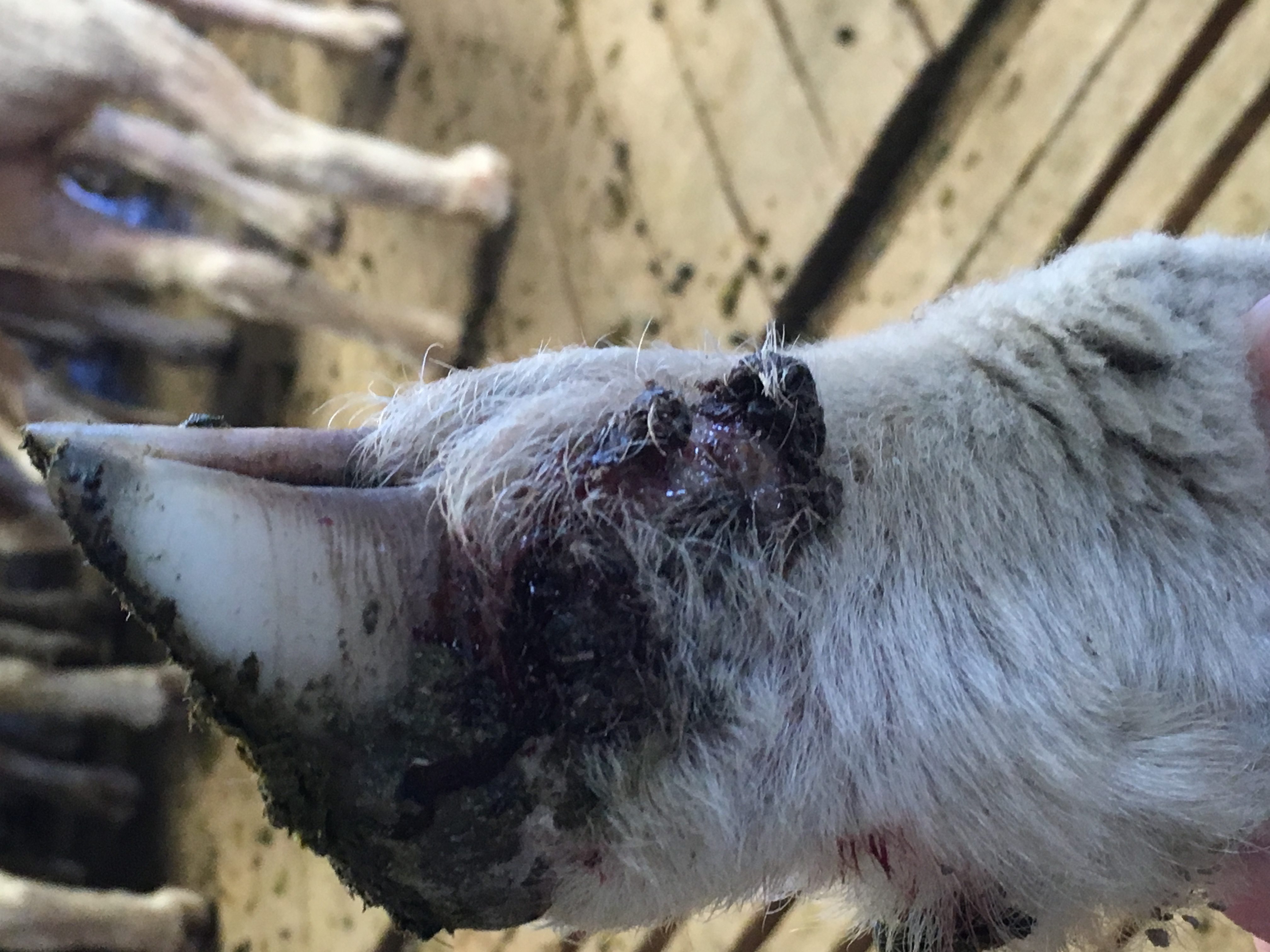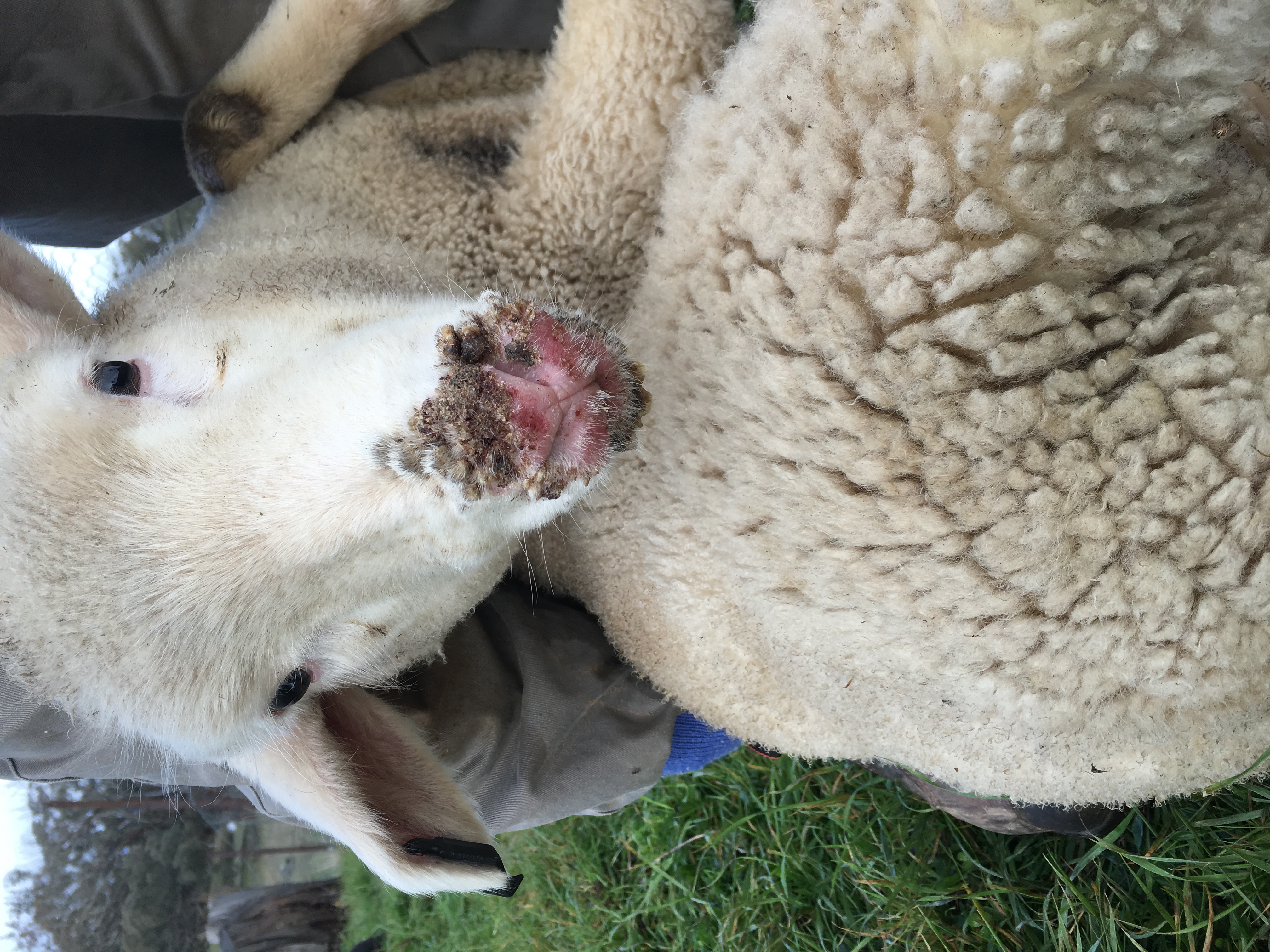South East Local Land Services animal health update March 2022
22 Mar 2022
South East Local Land Services district veterinarians
Your district veterinarian is a source of impartial advice for herd health and welfare concerns on your farm. They provide over the phone advice, property visits and veterinary sampling where required. They work with your private practioner veterinarians, rural resellers and agricultural advisors to provide you with an accurate diagnosis of the cause of disease and treatment and prevention options. The monthly surveillance results share the significant cases seen and reported over the last month.
Staffing
We are currently recruiting to fill the Cooma and Goulburn district vet positions and we thank producers for their patience while these positions are vacant. Please ring the office if you have an enquiry and you will be redirected to an available vet on our team. We aim to get back to all enquiries promptly but please allow extra time for us to return your calls and for interstate and export documentation.
SOUTH EAST MONTHLY DISEASE SURVEILLANCE RESULTS
Japanese encephalitis detected in samples from NSW piggeries
NSW pig and livestock owners are urged to be alert for signs of Japanese encephalitis in their animals, following the detection of Japanese encephalitis virus (JEV) in samples from multiple commercial piggeries.
Pig owners in particular are encouraged to be alert to the signs of JEV. These include reproductive failure in pigs, with 50–70 per cent losses reported in affected populations. Pregnant sows and gilts may abort, produce mummified or malformed foetuses, or give birth to stillborn or weak piglets at term.
Boars can be affected with genital swelling and temporary or permanent infertility. Nervous signs such as tremors and convulsions are occasionally seen in pigs up to six months of age.
If you suspect JE in pigs or other livestock, you must report it to the 24-hour Emergency Animal Disease Hotline on 1800 675 888.
Japanese encephalitis (JE) is a mosquito-borne viral disease, which is maintained in nature by transmission cycles involving Culex sp. mosquitoes, certain species of wild and domestic birds and pigs. Humans and horses may also become infected from mosquitos carrying disease resulting in encephalitis (inflammation of the brain) and death in severe cases. All Australian grown pork remains safe to eat. NSW Department of Primary Industries has instigated an emergency response in conjunction with other states and territories and is working with NSW health to minimize effects on industry and the community.
Scabby mouth in sheep
There have been increased reports of scabby mouth in sheep. Scabby mouth is a contagious viral disease of sheep and goats characterised by scabs, pustules or sores on the lips, nose and udders. When it occurs on the lower legs and feet, it is referred to as ’strawberry footrot‘. An outbreak of strawberry footrot has been observed in the absence of skin lesions elsewhere, which can be confused with footrot in its various forms.
The scabby mouth virus typically affects young lambs and kids early in life, but outbreaks are also seen in naïve adult sheep as well. Outbreaks have been seen after grazing rough paddock feed (e.g. thistles, burrs, grass seeds, stubble, etc.), sheep in confinement and even after being in wet paddocks. Management practices such as shearing, mustering for vaccination or drenching result in rapid spread of the disease. Scabby mouth is also contagious to people.
So if your sheep are affected it is best to hold off on husbandry procedures and let the virus run its course—usually four to five weeks to avoid further spread. Vaccination is recommended to protect flocks that have recurrent issues with scabby mouth. If you have any questions about scabby mouth or strawberry footrot, contact your nearest Local Land Services district veterinarian.
For more information read the NSW Department of Primary Industries prime fact on Sheep health-scabby mouth.
Photosensitisation
Photosensitisation has been seen in sheep and cattle in the last month causing facial and other skin lesions. These lesions develop after eating a toxic plant, fungae infested plant or even after grazing high chlorophyl containing plants. After eating these offending plants, the skin becomes hypersensitive to sunlight. This results in a range of skin lesions including: swelling of the ears, face and muzzle, difficulty breathing, droopy ears, scabby skin lesions on the nose, face and udders and sloughing skin.
Sporadic cases of photosensitisation are seen on grazing lucerne, clover, cereal crops or canola. Weeds such as Patterson’s curse, Heliotrope, Fireweed, St John’s wort, Panic spp. grasses and Tribulus spp. can all cause photosensitisation via different mechanisms. Treatment is removal from affected paddock, shade, and supportive care.
For more information read the NSW Department of Primary Industries prime fact on Photosensitisation in stock.


Pink eye outbreaks in sheep
Windy conditions, long grass, increased fly numbers and close contact for joining have resulted in pink eye outbreaks on several sheep properties. In sheep, pink eye is associated with infection with several different bacteria. Some bacteria such as mycoplasma conjuctivae can initiate the development of pink eye. Other conjunctival bacteria are also involved in increasing the severity of the ulcer. Outbreaks can be sudden and marked with rapid spread within a flock.
Signs noticed are excess tearing, inflammation of the conjunctiva, corneal opacity, and blindness. Most cases will resolve without treatment over a two to three week period but severe cases may suffer from misadventure due to prolonged blindness in both eyes or result in corneal rupture, and disruption to joining and weight gain.
If your flock is affected discuss treatment options with your veterinarian. When treatment of individual sheep is desired systemic and topical antibiotics, particularly tetracyclines, are appropriate.
Fly Strike
Fly strike continues to be a major issue due to the continuing warm wet conditions, ideal for flies and maggots. Remember that even sheep with preventative treatment applied need to be checked frequently for their welfare and treatment in these adverse conditions. Products can fail due to overwhelming challenge, being diluted by rain and resistance issues. Owning sheep this summer comes with an increased level of work and responsibility as a stock owner. The RSPCA are being called frequently for cases of fly strike this summer where owners have failed to act. For a summary of preventative and treatment options and best practice fly management to avoid resistance developing to preventatives please see previous editions or visit the paraboss website.
Foot rot in sheep
Check your sheep now for signs of footrot. Attention to feet now, by tipping sheep to trim and cull lame sheep and any with residual feet issues will result in better joining and better management of the pregnancy and lambing. Continued wet conditions have been very tough on feet, requiring action such as foot bathing to manage benign as well as virulent footrot. You must call your district veterinarian if you have concerns that you may have virulent footrot.
Metabolic diseases in cattle
Now is the time to be preparing to prevent an important group of diseases in cattle that are observed as sudden death. Grass tetany, caused by low blood magnesium levels, occurs around the time of and after calving, often associated with a rapid change in weather and grass dominated pastures. Most animals are found dead although some can be found at the point of death. Milk fever, caused by low blood calcium, is usually seen just after calving and presented as a recumbent or dead cow. Significant losses occurred through autumn to spring in 2021 and this season looks remarkably similar so far. Prevention involves providing salt, magnesium and calcium supplements, preferably as a dry lick. Lick blocks may assist although uptake can be quite variable between animals. Feeding hay with lime and causmag added is another option.
There are many other causes of sudden death in cattle, and these should be investigated by your local veterinarian or district veterinarians.
SOUTH EAST LOCAL LAND SERVICES PARABOSS REPORT MARCH 2022
South Eastern Tablelands: Peter Rolfe, District Veterinarian - Yass
The excellent seasonal conditions have continued with associated internal parasitism, especially in weaner lambs and rising yearling cattle. In lambs, the nematode infections have progressed in composition from mainly Teladorsagia spp (brown stomach worm) to a mix of that genera and Haemonchus contortus (barber’s pole worm). The latter is difficult to predict given that mostly summers are erratically dry, but this long mild wet summer has suited barbers pole worm. This emphasises the need for regular worm egg counting and species identification to guide control options. The treatment options that are available for long-acting control of H. contortus will depend on the degree of resistance to either moxidectin or closantel. Resistance would appear to be widespread to both so ongoing monitoring of treatment response with egg count are required. Increasingly vaccine is being used to manage this parasite in the face of what appear in recent years to be increasing prevalence and importance.
Liver fluke can be expected to cause more serious concerns in the coming autumn and winter with more favourable conditions for snail multiplication in the spring of 2021. Pasture conditions are generally good although cattle are grazing lower, wetter areas in response to carryover of long and rank feed base. This will be exacerbated as autumn and winter progresses. Choice of treatment options will vary according to the time of the year and product however generally treatment of livestock in autumn and early winter needs to be effective against adult and immature fluke and those in the spring, effective against adult flukes.
South East-Coastal: Evelyn Walker, DV Berry
On the South Coast, worm egg counts have ranged from very low, moderate to high in both cattle and sheep.
Adult beef cattle in the Shoalhaven area for example with only mild weight loss in some animals had nil worm egg counts at a post drench check. Others in this same herd however, had low to moderate worm burdens (ranging from 120 and up to 360 strongyle epg). Interestingly, these results were in animals that had missed a drench and did not have obvious weight loss. This highlights the value of using worm egg count testing as a monitoring tool even in the absence of clinical symptoms such as weight loss. On other another property in the Shoalhaven area, weaner calves were reported with chronic weight loss and diarrhoea. Worm egg counts indicated that affected calves not only had a severe worm burden (3,300 strongyle epg), but also had liver fluke infection.
Of the reports received, sheep on the coast that were drenched in December and moved onto fresh pasture are now starting to show mild to moderate increases in worm burdens consisting of primarily 80 per cent Barber’s pole worm and 20 per cent Black scour worm. Liver fluke has also been detected in sheep with no overt symptoms of liver fluke infection such as bottle jaw, presence of anaemia (pale or white gums and conjunctiva) or jaundice (yellowing of the gums or conjunctiva.) Remember these signs-anaemia and bottle jaw are also signs of Barber’s pole worm infection.
Ongoing wet conditions continue to be favourable for worms, fluke and biting insect activity on the coast. Check your livestock now with a worm egg count and do some fluke monitoring to see whether your animals require treatment. Mosquitos, ticks and flies are on the rise too. These insect vectors can transmit significant diseases like three-day sickness and theileria in cattle and pink eye in both cattle and sheep. Ensure livestock are up to date on their tick, fly and lice treatments.
FIT TO LOAD: EYE DISEASE AND BLINDNESS
To avoid disappointment at the point of unloading at a saleyard, ensure your livestock are really fit to load. This includes checking the eyes of livestock and only selecting those for transport that have healthy eyes with vision in at least one eye.
Injuries or disease to the eye that would classify stock unfit to load include:
- Eye cancer greater than 2 cm on any part of the eye
- Blindness in both eyes
- Active eye disease i.e. Pink eye and conjunctivitis
- Eye swelling
- Skin cancer in proximity of the eyes.
These conditions are a source of pain and ongoing distress to the animal whilst being transported and must be avoided. Loading stock with eye injuries is a breach of the national standards and legislation for pre-transport selection of livestock and is enforceable by law. You can access the standards at www.animalwelfarestandards.net.au
If your livestock are unfit to load for any of the above reasons, there are three options available:
- Seek advice from your veterinarian and transport direct to slaughter only under veterinary advice
- Treat the animal and reassess for loading once recovered
- Humanely destroy the animal.
If in doubt leave it out and speak to your veterinarian about the next best step for the unfit livestock.
Eye health is only one factor that should be considered when selecting livestock for transport, to familiarize yourself with other selection criteria, access the complete Meat and Livestock Australia guide to selecting animals for transport.
CONTACT US
To get in touch with you district vet, visit our contact us page for local office contact.

